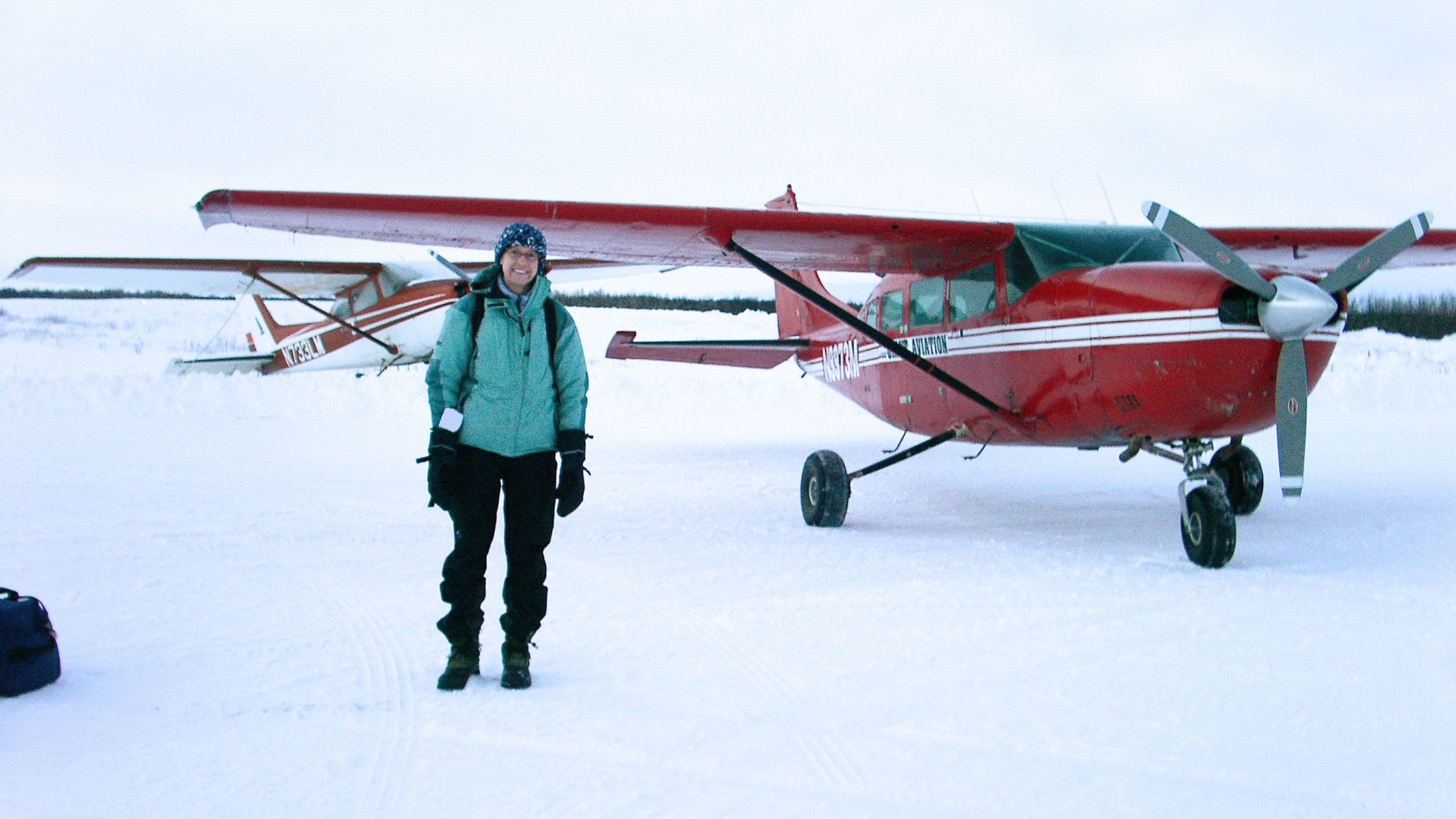Key points
- AIP helps build a healthy Arctic region where people are protected from emerging infectious disease threats.
- AIP conducts surveillance and public health research, responds to outbreaks, and guides prevention and control efforts.
- AIP works with more than 20 hospitals and clinics across Alaska to monitor diseases and improve health outcomes.

Surveillance in Alaska

AIP conducts disease surveillance in Alaska to monitor for diseases that disproportionally affect Alaska Native people. AIP works with more than 20 hospitals and clinics across Alaska to monitor these diseases. The AIP laboratory provides confirmation testing for select diseases and monitoring for antibiotic resistance. Measuring how much disease occurs in Alaska helps AIP and other health officials:
- Know if a prevention program is working
- Recognize disease outbreaks
- Decide how to improve prevention and control activities
AIP monitors these and other types of invasive disease-causing bacteria and viruses:
- Haemophilus influenzae
- Streptococcus pneumoniae
- Neisseria meningitidis
- Groups A and B Streptococcus
- Helicobacter pylori detection from gastric biopsies
- Respiratory viruses such as respiratory syncytial virus (RSV)
AIP also monitors lower respiratory infection hospitalizations among children younger than three years old who live in a predominantly Alaska Native region of southwest Alaska. This allows AIP to assist local healthcare providers and State of Alaska public health officials to assess and improve prevention and control activities in this area.
Alaska Area Specimen Bank
The AIP laboratory maintains the Alaska Area Specimen Bank. This is a repository of more than 400,000 human samples collected during public health research in Alaska dating back as early as the 1960s. The Specimen Bank is co-managed by CDC and Alaska Native partners to ensure the ethical conduct of research and the best use of the specimens.
Circumpolar health
Alaska also participates in the International Circumpolar Surveillance system, a surveillance network of circumpolar countries. By sharing surveillance information with other circumpolar regions, AIP receives information about new and possible infections in the Arctic.
Eliminating health disparities
Significant health disparities still remain between indigenous and non-indigenous people in the Arctic. For example, the rates of many infectious diseases are much higher among the Alaska Native population than among non-Alaska Native populations. Many remote and rural communities in Alaska lack running water or sanitation services, have limited access to health care, and are susceptible to climate-sensitive infectious diseases. AIP works closely with its partners to reduce and eliminate these health disparities in Alaska.
